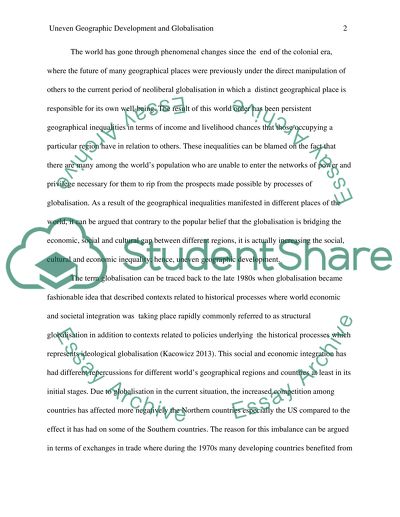Cite this document
(“Critically discuss the relationship between uneven geographic Essay”, n.d.)
Critically discuss the relationship between uneven geographic Essay. Retrieved from https://studentshare.org/geography/1498179-critically-discuss-the-relationship-between-uneven
Critically discuss the relationship between uneven geographic Essay. Retrieved from https://studentshare.org/geography/1498179-critically-discuss-the-relationship-between-uneven
(Critically Discuss the Relationship Between Uneven Geographic Essay)
Critically Discuss the Relationship Between Uneven Geographic Essay. https://studentshare.org/geography/1498179-critically-discuss-the-relationship-between-uneven.
Critically Discuss the Relationship Between Uneven Geographic Essay. https://studentshare.org/geography/1498179-critically-discuss-the-relationship-between-uneven.
“Critically Discuss the Relationship Between Uneven Geographic Essay”, n.d. https://studentshare.org/geography/1498179-critically-discuss-the-relationship-between-uneven.


